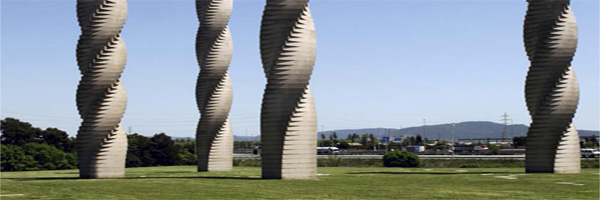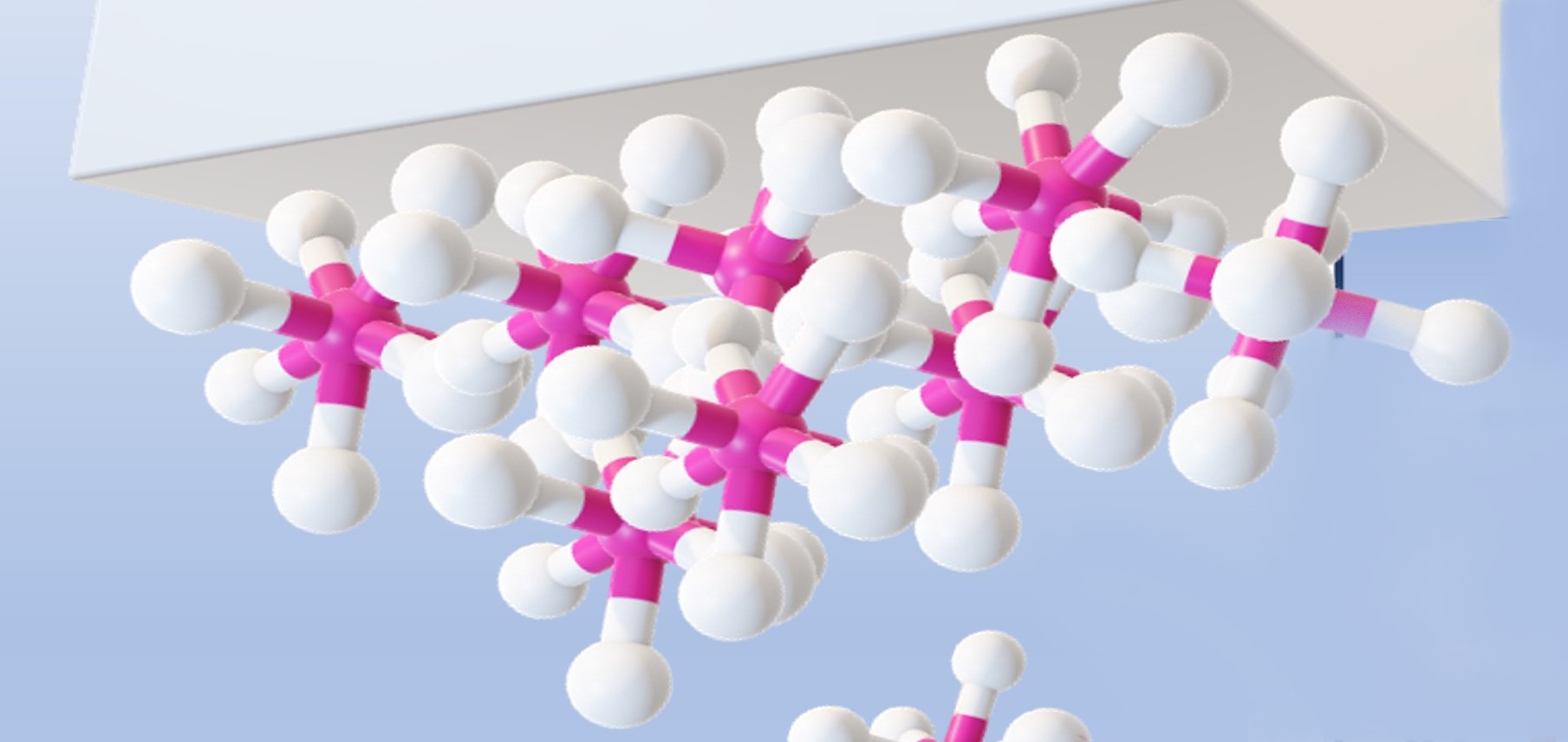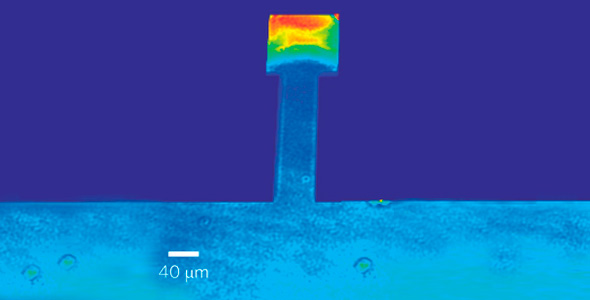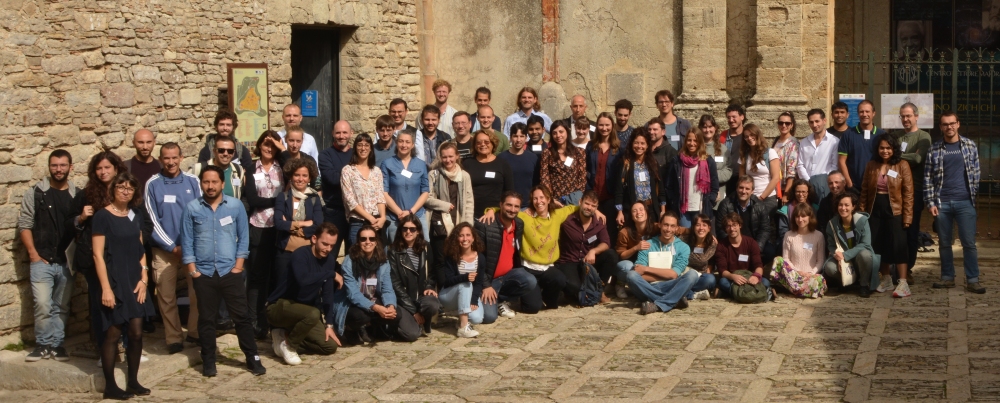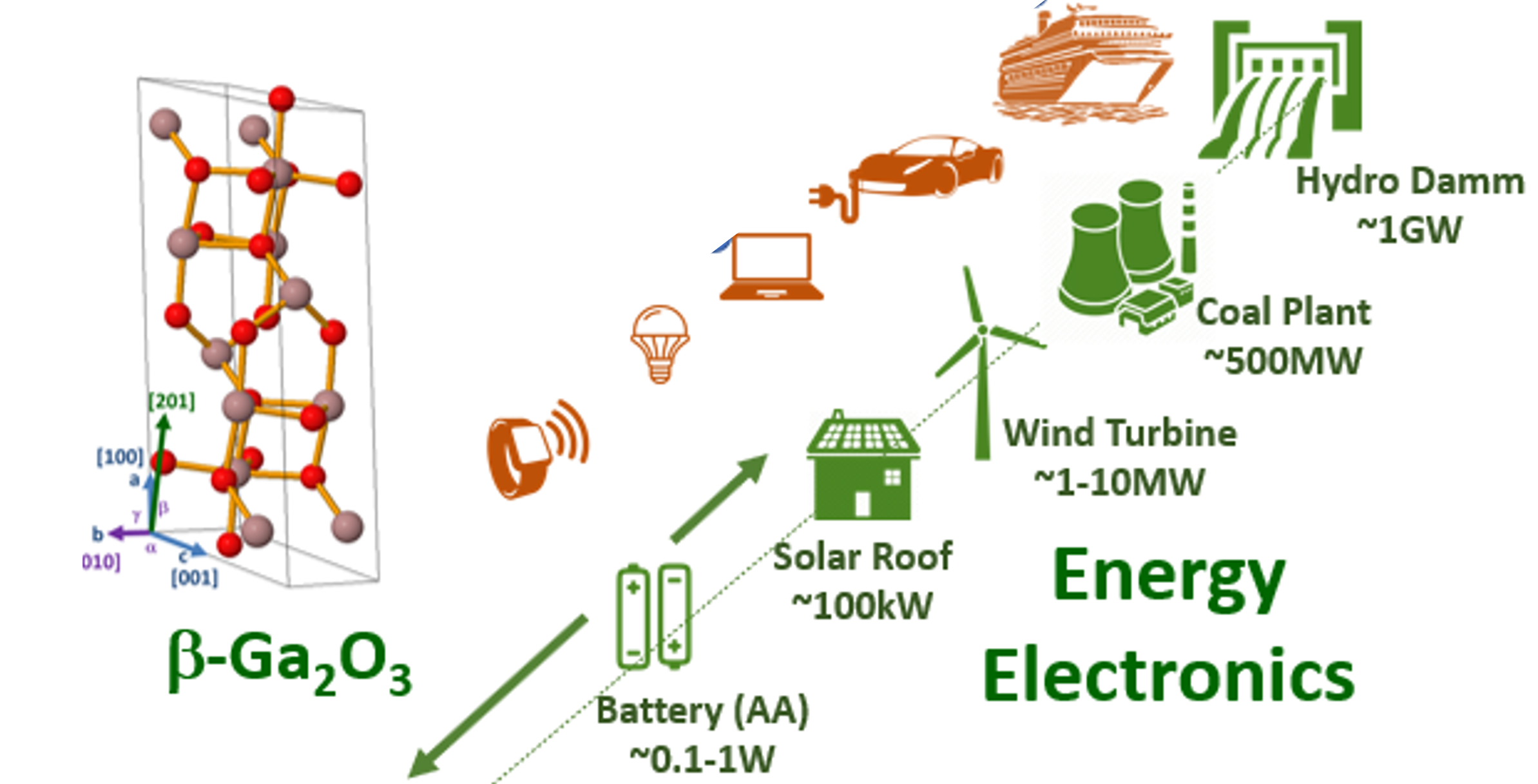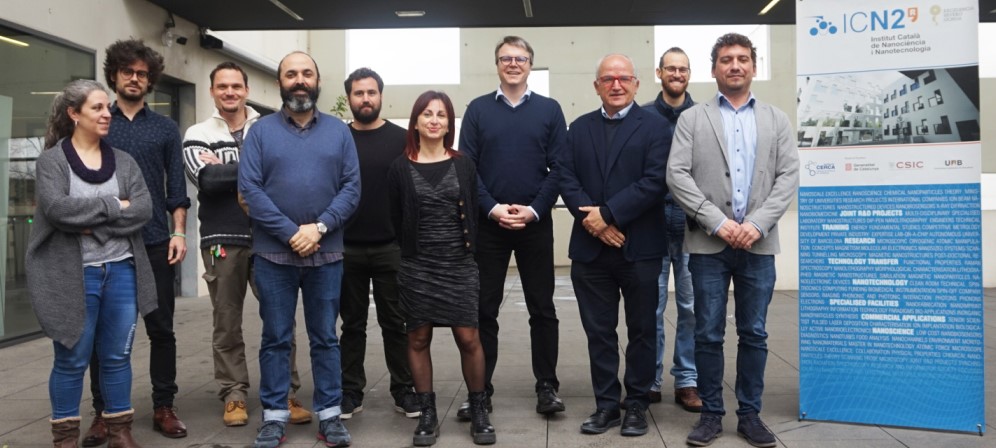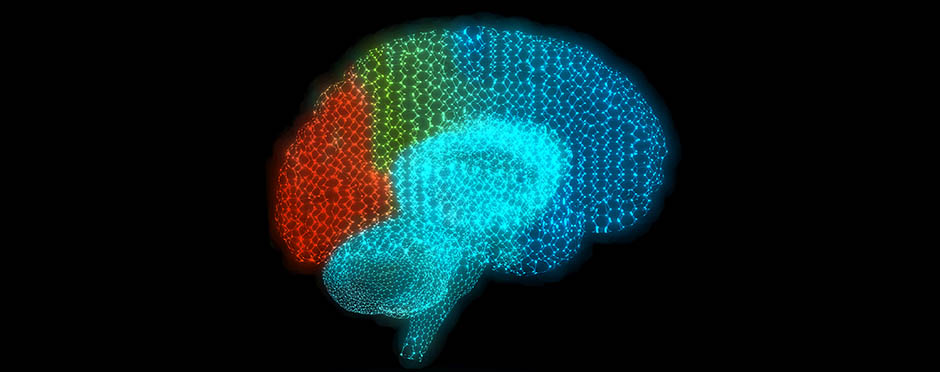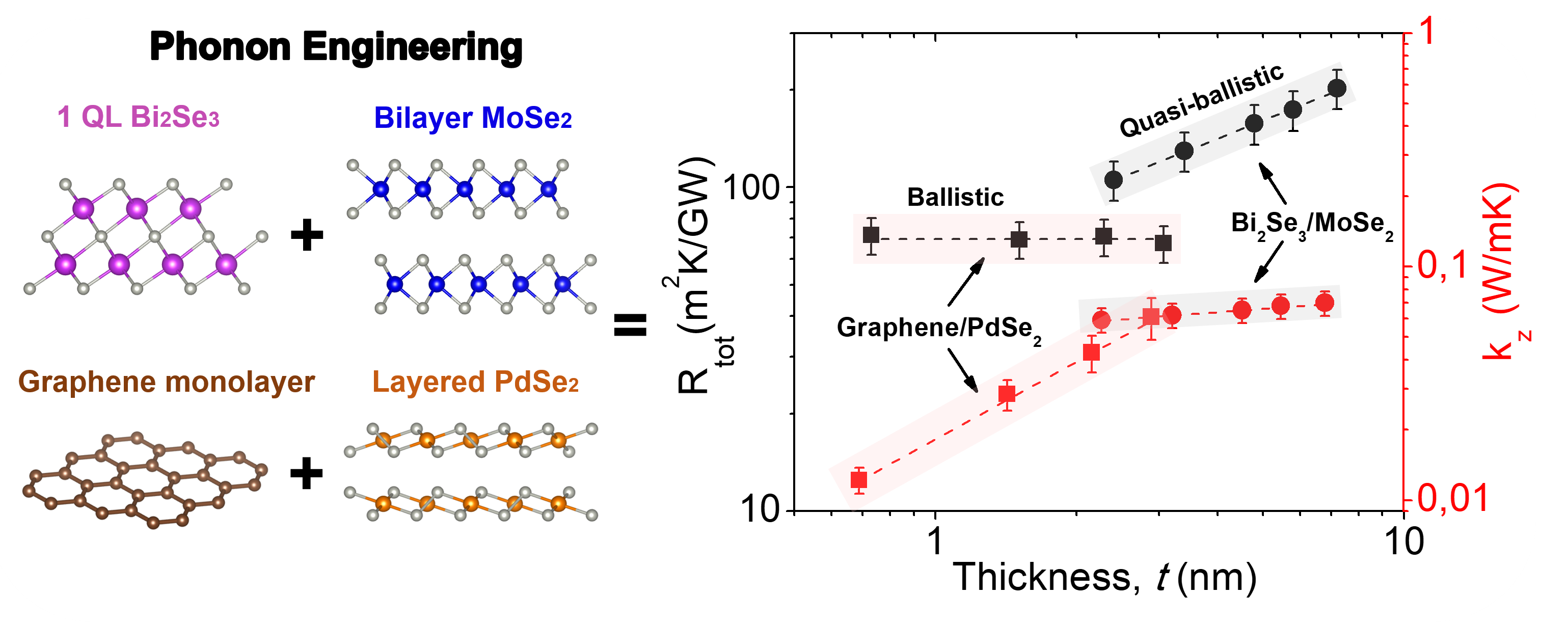Severo Ochoa SO-ICT SO-health SO-energy NEWS
Friday, 07 October 2016
Representatives from the five Centres of Excellence “Severo Ochoa” and the two Units of Excellence “María de Maeztu” located in the UAB campus will share strategies towards achieving a top level of scientific excellence. The event will occur on October 17 in Centre for Research in Agricultural Genomics (CRAG), located at UAB Campus. October 14 is the deadline for the online registration. Dr. Carmen Vela, Secretaria de Estado de Investigación, Desarrollo e Innovación, will be attending the event together with other personalities.
Wednesday, 28 November 2018
Graphene Flagship researchers including from the ICN2 have shown in a paper published in Science Advances how heterostructures built from graphene and topological insulators have strong, proximity induced spin-orbit coupling which can form the basis of novel information processing technologies.
Wednesday, 06 April 2022
Vapour deposition allows producing glassy materials that show high density and excellent properties, in particular high thermodynamic and kinetic stability. Due to these advantages over liquid-cooled glasses, new applications are now within reach, particularly in the field of organic optoelectronic devices.
Monday, 11 June 2018
Once again the Barcelona Science Fair brought together science lovers and scientists in a wonderful setting for family fun and discussion. The ICN2 joined the celebrations around the 100th anniversary of Richard Feynman’s birth, also presenting some of the highlights of its Severo Ochoa Programme.
Thursday, 19 November 2015
“Moore’s law”, according to which chip performance would double approximately every two years, approaches its limit: soon it would be impossible to produce smaller transistors. A new quest, nick-named “more than Moore”, aims to add new functionalities within each chip by integrating smart materials on top of their silicon base. Researchers from the ICN2 Oxide Nanoelectronics Group led an international collaboration which has produced the world’s first integrated flexoelectric microelectromechanical system (MEMS) on silicon. Their results have been published this week in Nature Nanotechnology.
Thursday, 03 October 2019
A recent study led by Dr. Zeila Zanolli of the ICN2 Theory and Simulation group, on spectroscopic properties of few-layer tin chalcogenides, has been published on a special issue of the Journal of Physics Materials. This edition, called “Women’s Perspectives in Materials Science: 2D Materials”, will feature exclusively researches directed by female scientists, with the aim to highlight the excellent contributions of women to 2D Materials Science.
Wednesday, 19 October 2022
The workshop was organised by a new generation of nanophotonics researchers and funded by the Nanophotonics Europe Association, a network that emerged from the EU funded PhOREMOST project, in which Prof. Dr Clivia Sotomayor-Torres and other members of the research group that she leads at the ICN2 were involved.
Tuesday, 24 May 2022
Editor’s Choice and one of the most downloaded papers of the ‘Materials’ (MDPI) journal in the first five months of the year, this review discusses the application of ultra-wide bandgap semiconductors in power electronic devices, focusing in particular on gallium oxide. The work was coordinated by Dr Amador Pérez-Tomás, senior researcher at the ICN2.
Monday, 15 May 2023
A team of researchers led by ICREA Prof. Dr Clivia Sotomayor-Torres, leader of the ICN2 Phononic and Photonic Nanostructures Group, has developed a waveguide platform in which self-sustained coherent phonons in the GHz regime can be generated at room temperature. As this platform is CMOS-compatible, this technique could impulse further development of phononic circuitry for telecommunication applications.
Wednesday, 09 February 2022
A project aiming at the nano-monitoring of cancer immunotherapy efficiency through a graphene electrophoretic bioassay platform, GLEBioassay, is one of the ten selected in the 12th Joint Trasnational Call for funding of the EuroNanoMed platform. The consortium will be led by Prof. Arben Merkoçi.
Wednesday, 09 March 2022
The kick-off meeting of the GLEBioassay project, led by ICN2 group leader ICREA Prof. Arben Merkoçi, took place at the ICN2 on Wednesday 9 March. The project aims to develop a multiplexed point-of-care nanobiosensing platform to monitor the efficiency of naxitamab-based immunotherapy in neuroblastoma.
Wednesday, 20 December 2017
A recent article from the Graphene Flagship outlines how the strong collaborative ethos of this largescale European research initiative is accelerating developments in new graphene-based technologies. Among the featured papers are two by ICN2 group leaders ICREA Prof. Stephan Roche and ICREA Prof. Sergio O. Valenzuela.
Tuesday, 13 March 2018
As we have already reported, the GSMA Mobile World Congress returned to Barcelona last month and with it, the Graphene Pavilion. Back for the third year, the aim of this space is to bring graphene and related 2D materials to life for the diverse public that this congress attracts. With our track record in graphene-based breakthroughs, the ICN2 had to be there. Here is our review.
Friday, 18 January 2019
The year 2019 started with a work in Nature Materials describing how researchers in Barcelona have developed a graphene-based implant able to record electrical activity in the brain at extremely low frequencies and over large areas. This work led by the ICN2 and the IMB-CNM, CSIC was also participated by IDIBAPS, CIBER-BBN and ICFO.
Wednesday, 02 January 2019
Researchers in Barcelona have developed a graphene-based implant able to record electrical activity in the brain at extremely low frequencies and over large areas, unlocking the wealth of information found below 0.1 Hz. The prototype was developed at the Barcelona Microelectronics Institute (IMB-CNM, CSIC) and the Catalan Institute of Nanoscience and Nanotechnology (ICN2, a BIST and CSIC centre), and was adapted for brain recordings in collaboration with the August Pi i Sunyer Biomedical Research Institute (IDIBAPS). Published in Nature Materials, the groundbreaking technology promises to enhance our understanding of the brain and pave the way for the next generation of brain-computer interfaces.
Tuesday, 02 March 2021
A study recently published in "Nature Communication" demonstrates that graphene-based active sensor arrays are a mature technology for large-scale application in wide frequency band neural sensing interfaces. This work was developed by researchers from various institutes and a company that are part of the EU Graphene Flagship – including the ICN2.
Wednesday, 27 September 2017
A team of researchers from ALBA and the ICN2 have developed novel graphene-based antiferromagnetic multilayer structures featuring robust magnetic properties. These results, published in Nature Communications, demonstrate that single-layer graphene spaced magnetic thin film structures present perpendicular antiferromagnetic coupling together with a number of properties that are well suited for applications.
Monday, 30 October 2023
A study led by researchers at the ICN2 and published in ‘ACS Applied Materials & Interfaces’ demonstrates that carbon nanotube networks can be used to provide efficient heat dissipation in applications such as extreme ultraviolet lithography, as well as flexible electronics and interconnects in integrated circuits.
Thursday, 28 February 2019
The ICN2 Phononic and Photonic Nanostructures Group has published a work in 2D Materials presenting heat transport measurements on suspended single-layer graphene membranes using high-resolution thermometry. The suggested approach, which overcomes major limitations of conventional experimental methods, was partially funded by the ICN2 Severo-Ochoa Mobility Program.
Thursday, 20 July 2023
A paper recently published in ‘Nano Letters’ introduces two types of hetero-structured materials, grown by epitaxy on a large area, that exhibit remarkable thermal properties. In particular, the ultralow thermal conductivity along the cross-layer direction allows for heat management application in electronic devices. This study was coordinated by former and current ICN2 researchers.
